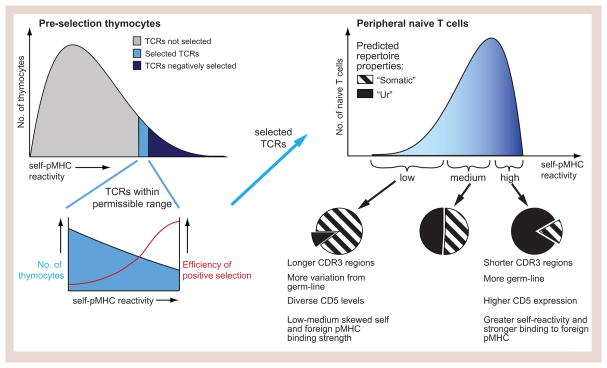Figure 3. Trimming of the repertoire and TCR representation in the periphery.
Only a small fraction of TCRs are selected in the thymus from the TCRs that are generated (3–5%). The distribution shape of the self-spectrum prior to selection in the thymus is unknown, but it is likely positively skewed given that the majority of T cells die by neglect with most TCRs having at least some reactivity for pMHC. Data suggests that thymic selection favors greater self-pMHC reactivity (inset), with negative selection providing an upper threshold for self-pMHC binding strength of the TCRs that are selected. The self-pMHC reactivity distribution of selected TCRs that constitute the peripheral naïve T cell pool therefore has a negative skew. A prediction from current data is that TCRs from the high end of the self-spectrum in the periphery is enriched for germline TCRs which we term the “ur”-repertoire (these are the only type of TCRs produced in absence of TdT), while TCRs from the low end of the self-spectrum are enriched for CDR3s that have a variable number of nucleotide additions and constitute the “somatic” repertoire.

